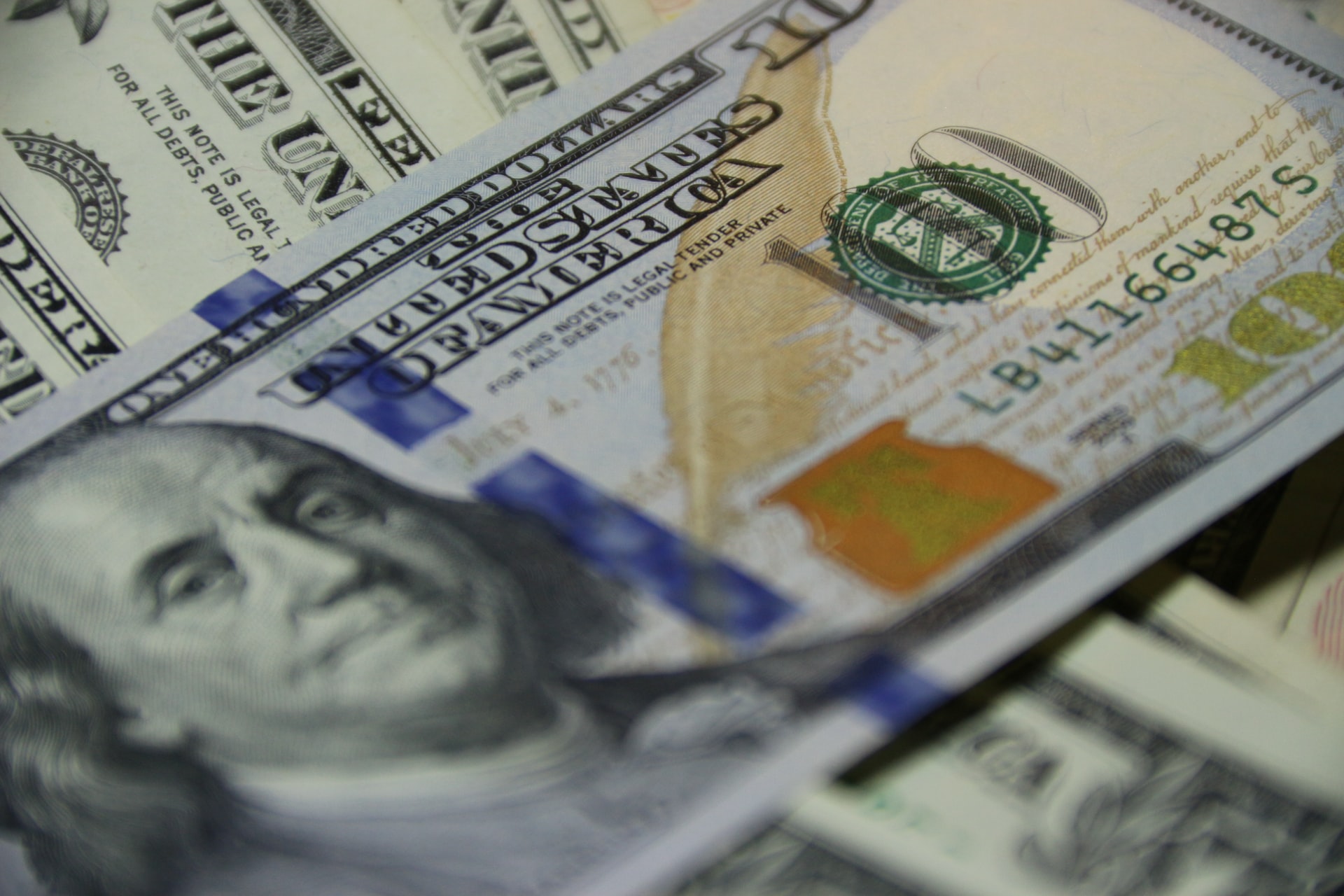When the COVID19 pandemic hit the world in 2020, the global economy was still recovering from the aftermath of the 2008 financial crisis. The European union was still getting out of the debt crisis of members like Greece and Portugal and had already been implementing dovish monetary policy for many years. The US economy was just warming up to reaching the growth levels it had enjoyed before 2018. The pandemic hit the world at a time it was already dealing with many shocks.
The 2008 crisis had ushered in a year wherein central banks implemented several quantitative easing programs to lift their economies, with visible impact on forex markets (such as having a weaker dollar during many months in 2009). And when the COVID19 pandemic came, banks had to be more dovish than ever with their generous stimulus packages. All of those facts give the impression that quantitative easing will continue forever, but can this be the case?
Below is a review of QE programs by key central banks, which confirms that they still have some way to go before they can change their policies.
The EU’s quantitative easing program
The European Central Bank resumed its QE program before the end of 2020. The size of this program is €20 billion per month spent on buying bonds. For the markets, this was interpreted as a sign that there is no end in sight for stimulus, causing some weakness in the euro.
The Fed’s asset purchase program
The Federal Reserve, on the other hand, did not call its program QE, although it did involve an inflation of the FED’s balance sheet. The program involves buying assets worth US$60 billion a month (by digitally printing new US dollars). Despite concerns regarding this program and the recent $1.9 trillion stimulus package, the authorities are still moving forward with their plans, at the risk of substantially increasing money supply beyond what is necessary.
Japan’s fight against deflation continues
The Bank of Japan has also been implementing its asset purchase program and trying to reduce deflationary pressures for a decade, but to little effect. There are no signs that it will stop anytime soon, as it looks like its inflation target is much more elusive than previously thought.
Too early to move from dovish to hawkish policies
For the time being, we can expect QE to continue in the short- and medium-term future. And while those programs have their merits, central banks should be aware of the risks. Those risks include inflationary and deflationary pressures, as well as undermined effectiveness of central banks. Mainly, central banks should think about the way back to more hawkish policies. But for this to happen, many things have to change in the economic landscape.
The effect of quantitative easing on the stock market
The main purpose of QE programs is to induce economic growth. And while they often help in achieving that goal, it does not usually happen without side effects. Many analysts believe that those programs lead to asset bubbles. By nature, QE involves increased demand for certain assets, and based on classical economics, this has the effect of increasing the prices of those assets. Indeed, the S&P500 has seen its longest bullish run ever after 2008. Moreover, many analysts also say that the positive effects of QE remain in the financial markets and do not continue to the real economy.
Conclusion We can expect QE programs in much of the developed world to continue for the foreseeable future. However, governments will likely scale back those programs if inflation rises sharply. Even though central banks have extended their interventions in the market, they should have a clear plan for gradually ending those them once growth goes back to normal. Until then, there are no indications that a hawkish tone is coming anytime soon.
Quantitative Easing Photo by Vladimir Solomyani on Unsplash

Leave a Reply